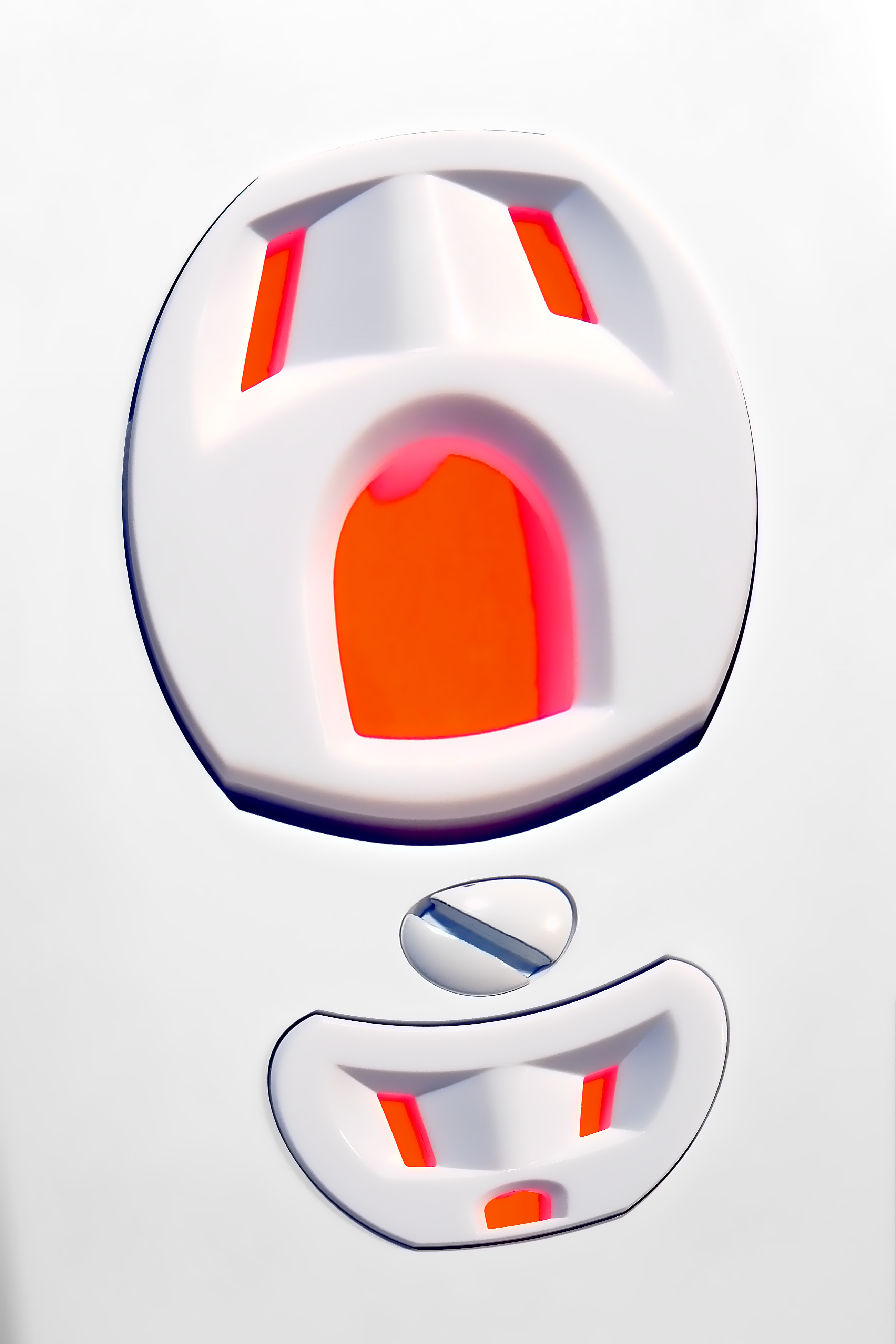
That most spooktacular time of the year, Halloween, is nearly upon us. How will you get your fright on?
Perhaps you’ll enjoy a screamfest while binging on horror movies. Or maybe you and your buddies will hit up the area’s scariest haunted house. Or — here’s a thought — you could do the spookiest thing of all: go vampire hunting.
No, you won’t need to summon your inner Buffy. And no wooden stakes or garlic necklaces are required. The vampires you’ll be hunting down are the energy-sucking variety. Think they aren’t scary? Just wait until you find out how much they’re costing you each month.
Walton EMC has compiled what you need to know about the electricity-wasting vampires that are sucking funds from your pocket year-round.
These silent menaces lurk in your home,
tricking you into using extra electricity.
What are energy vampires?
These silent menaces lurk in your home, tricking you into using extra electricity.
They are electronic devices that slowly suck energy when they are turned off but still plugged in.
How do they suck electricity?
Even when you aren’t using certain common household electronics, they can suck up power as long as they’re plugged into the wall. This includes when a device is “turned off” or idle. And some gadgets use nearly as much energy when they’re on and off.
Many devices have sleep or standby modes, but still continuously use electricity to perform updates, connect to remote servers and record data. Even when the TV is off, for example, it’s still ready to receive a signal from the remote to power on at any time. Likewise, your DVR is always waiting until it’s time to record the next show.
What kind of bite do energy vampires have on my electric bill?
Wasted electricity is probably costing you more than you realize.
According to the Department of Energy, the average household has at least 25 energy vampires plugged in at all times. These idle appliances and electronics suck up roughly 10 percent of the energy used in an average home. For Walton EMC members, that adds up to more than $200 a year.
LEARN MORE: SaveOnEnergy.com’s vampire energy calculator has the potential to help you see which devices are costing you the most. Using this tool, you’ll have a better understanding of exactly how much of your money is wasted on the electronic devices you don’t use.
Where are the vampires hiding in my house?
Most often, they’re in plain sight.
A good indicator that your electronics are still using electricity is a glowing light that remains on even when you power off the device, or those that have standby capability—such as anything with a constant digital display, laptops, iPads and tablets, computer monitors, TVs, microwaves, coffee machines and gaming systems. These are all common energy vampire culprits! And don’t forget about those phone and tablet chargers.
What sucks the most power?
Digital set-top cable boxes with a DVR cost homeowners the most, even when the TV is off and they’re not recording anything. The average cost: roughly $50 annually. Other set-top cable boxes proved to be vampire energy culprits as well, with average annual costs ranging from about $17 to $40 each. Sleeping desktop ($23) and notebook ($18) computers were also energy drains.
The devices costing you the most even when they’re completely off: CD players, audio receivers and DVD players. They sink their teeth into your wallet just by being plugged in.
How can I slay the vampires?
To prep you for the colder and more expensive energy months, Walton EMC has prepared a list of cleverly ghoulish (and simple) actions to take care of energy vampires in your home for good:
1. Unplug appliances and electronics, especially cell phone chargers and video game systems, when not in use. Don’t forget to unplug devices you don’t use frequently, such as the television in the guest bedroom.
2. Use power strips for clusters of computer or video products. That way you can turn off all appliances (TVs, cable/satellite boxes and DVD players) or electronics (all computer equipment) with one action. Use smart power strips to make it even easier. Smart power strips automatically cut off power when devices are not in use.
3. Use a timed power switch to shut off appliances used once daily, such as a hairdryer or electric shaver. Timers are traditionally used to turn the lights on and off, but can also prevent energy by shutting off appliances after you’ve gone.
4. Put it to sleep. Curb idle time by making use of the energy-saving features — such as sleep mode —that are commonly built into computers.
5. Turn off routers, printers and other peripheral computer equipment when not in use.
6. Shop smart. When it comes time to replace old or broken devices, choose products that are more energy efficient and have a lower than average standby consumption rate. Hint: Products with an Energy Star label use less standby energy.
You don’t have to wait for the trick-or-treaters to show up to find and eliminate the energy-suckers in your home. Slay the vampires today and start saving money on your electric bill immediately.